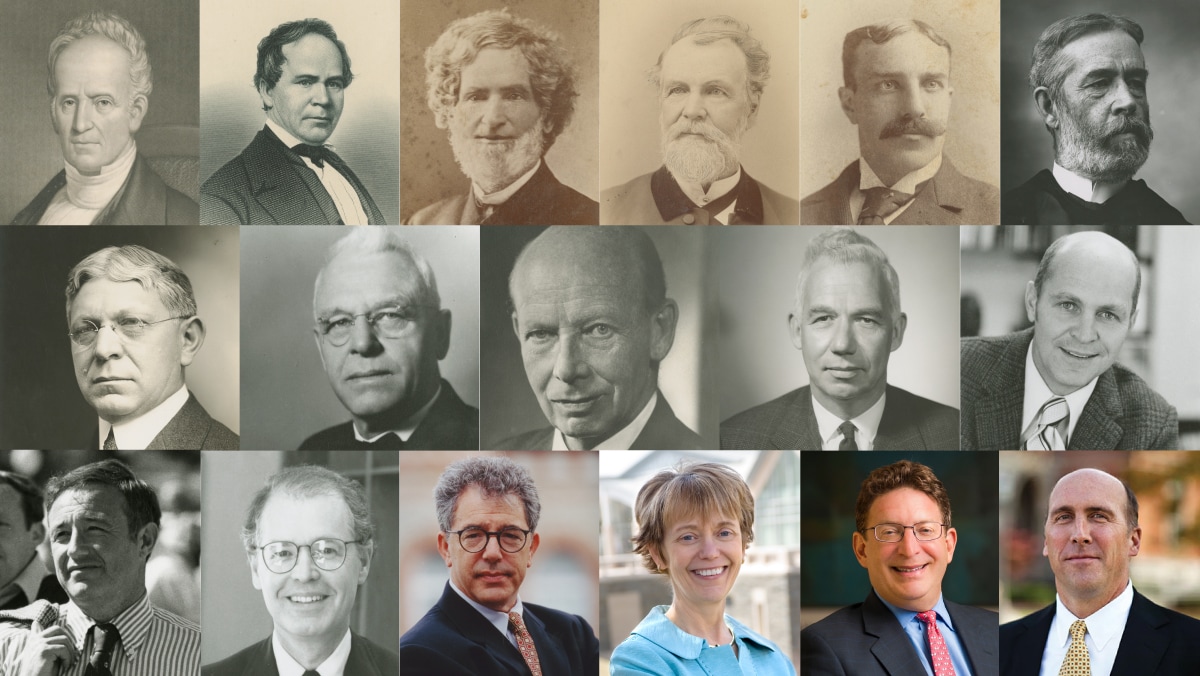

Jump To:
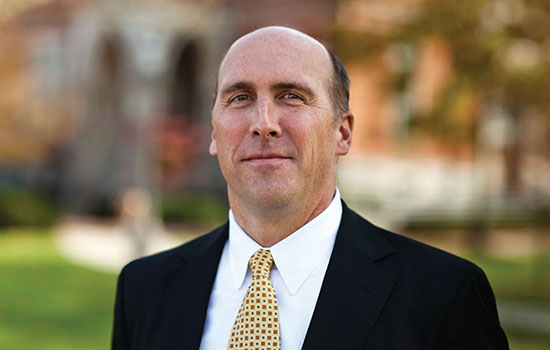
Brian W. Casey, Colgate’s 17th president

Brian W. Casey, 2016–
Brian W. Casey was inaugurated as Colgate’s 17th president in 2016. As an undergraduate at Notre Dame, he was a philosophy and economics double major, elected to Phi Beta Kappa, and captain of the varsity swim team. In his senior year, he was named Notre Dame’s Scholar-Athlete of the Year. Casey went on to earn his JD at Stanford Law School and his PhD in the history of American civilization from Harvard University, focusing on American higher education and intellectual history in particular. He held administrative posts at Brown and Harvard before taking up the presidency of DePauw University in 2008. At Colgate, President Casey is leading the university into its third century, clarifying its vision as the institution of choice for outstanding students of promise and achievement — ensuring that the university continues to be known for its distinctive personality, academic rigor, and excellence across endeavors.1
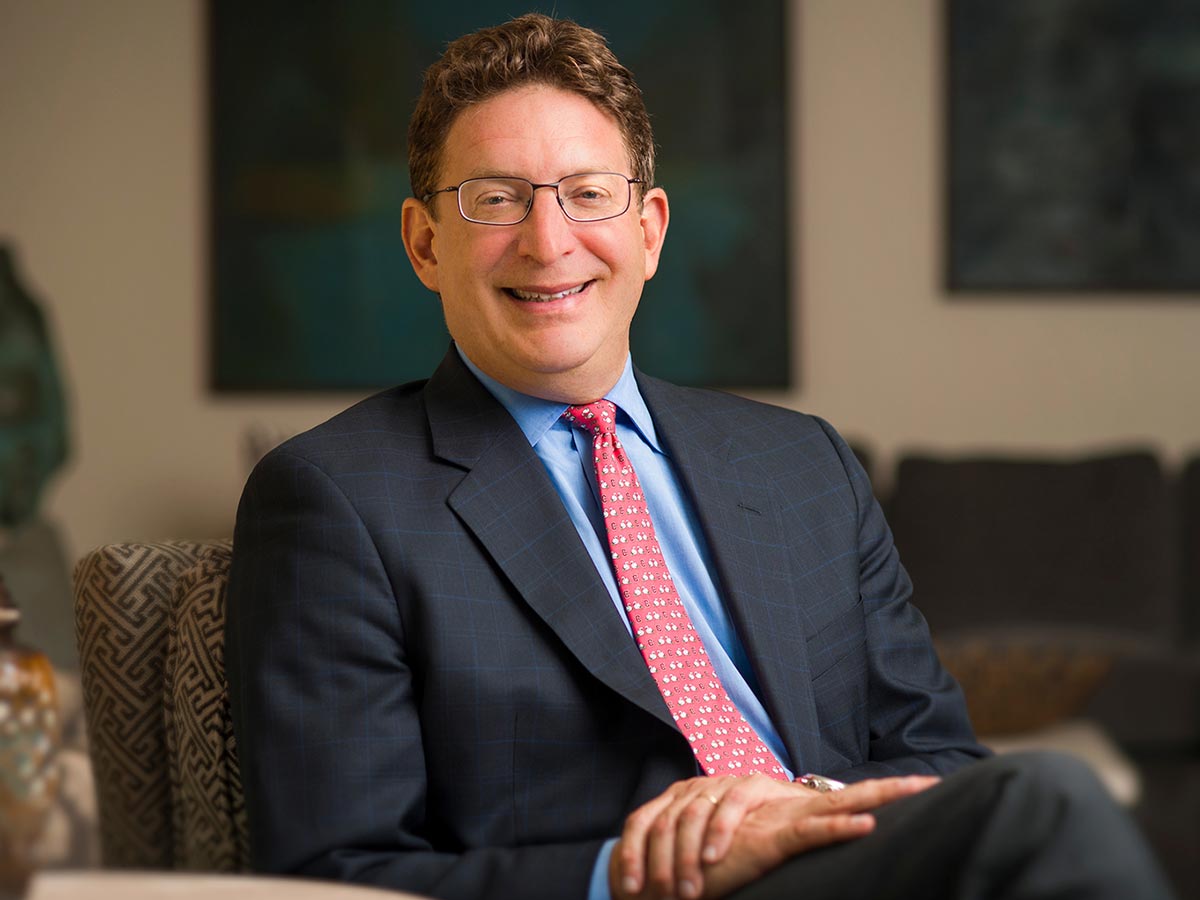
Jeffrey Herbst, Colgate’s 16th president

Jeffrey Herbst, 2010–2015
As president of Colgate University from 2010 to 2015, Jeffrey Herbst applied his background as a scholar of sub-Saharan Africa and international politics to advance the university’s academic reputation. He expanded Colgate’s global footprint by increasing financial aid for study abroad programs, encouraged entrepreneurial programming, and reinforced Colgate’s commitment to residential liberal arts education through Colgate’s Strategic Plan: Living the Liberal Arts. Prior to his tenure as Colgate’s 16th president, Herbst served as provost and executive vice president for academic affairs and professor of political science at Miami University. He was chair of the Department of Politics at Princeton University, where he also earned his BA summa cum laude. He earned his MA, MPhil, and PhD degrees in political science from Yale University.2 Colgate awarded him an honorary degree in 2015.
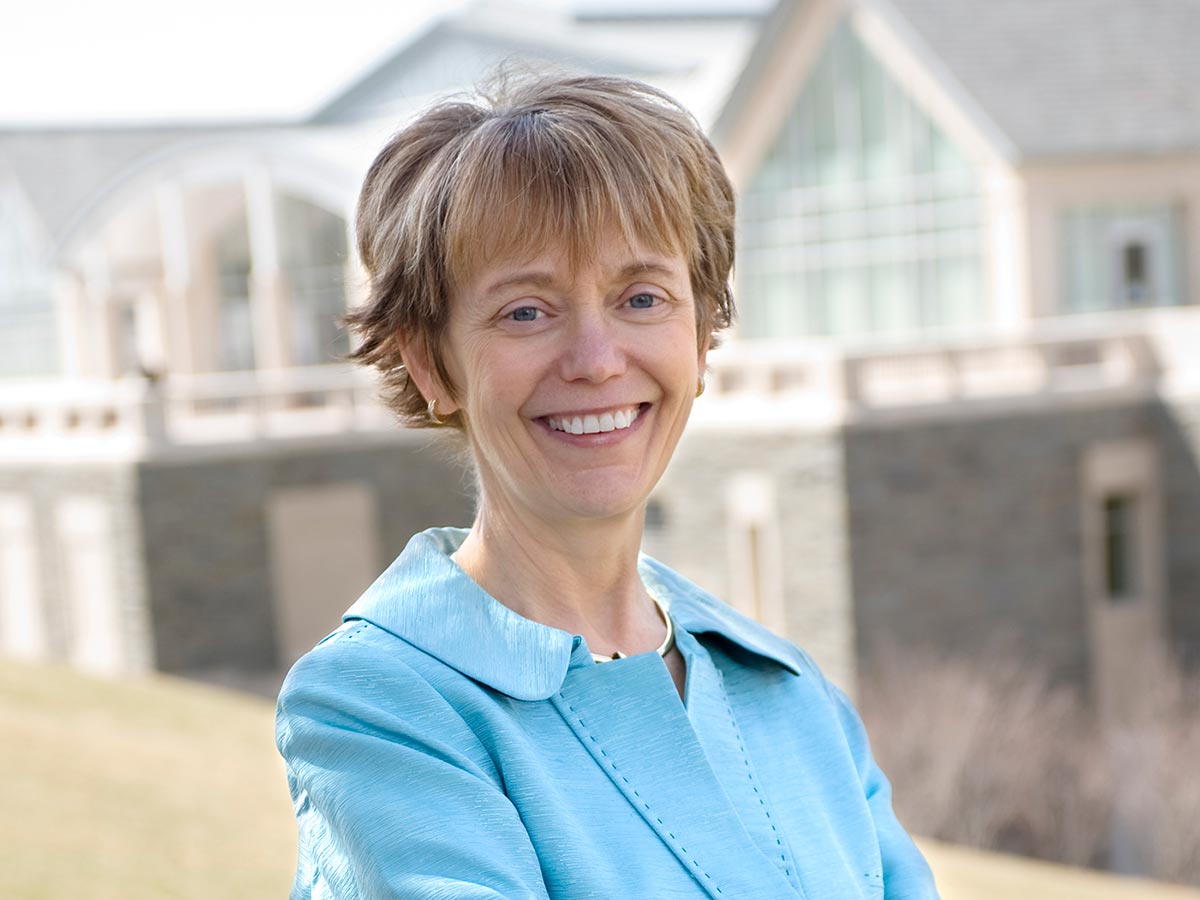
Rebecca S. Chopp, Colgate’s 15th president

Rebecca S. Chopp, 2002–2009
Rebecca S. Chopp was Colgate’s 15th president and first female chief executive.3 Her seven years’ work to establish the Upstate Institute, launch the historic Passion for the Climb fundraising campaign, and set Colgate on a course to achieve carbon neutrality solidified her position not only as an influential leader but also as an informed and widely respected advocate on campus.4, 5 Chopp’s career before Colgate included a 15-year tenure at Emory University, where she served as director of graduate studies for the Institute of Women’s Studies, dean of faculty and academic affairs at the Candler School, and Charles Howard Candler Professor of theology.6 Chopp also served as dean of Yale Divinity School and Titus Street Professor of theology and Culture.3 Colgate awarded her an honorary doctor of humane letters degree in 2009.
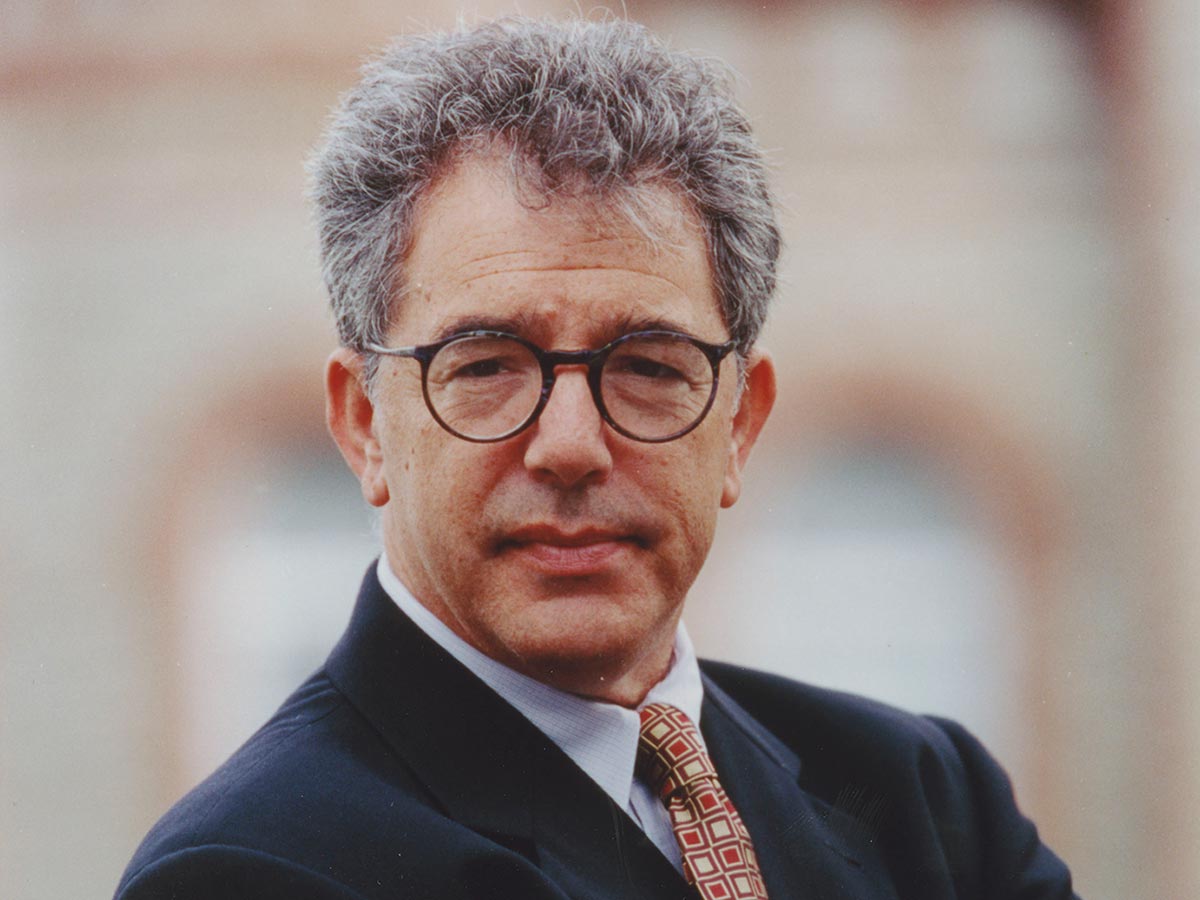
Charles Karelis, Colgate’s 14th President

Charles Karelis, 1999–2001
Charles Karelis, Colgate’s 14th president, received his BA at Williams College and a PhD from Oxford University. He began his career in higher education at his undergraduate alma mater, where he was a member of the philosophy faculty from 1972 to 1985. From 1985 to 1999, he served as director of the Fund for the Improvement of Postsecondary Education before arriving in Hamilton. Following his presidency, Karelis continued his focus on educational policymaking in Washington, D.C.7
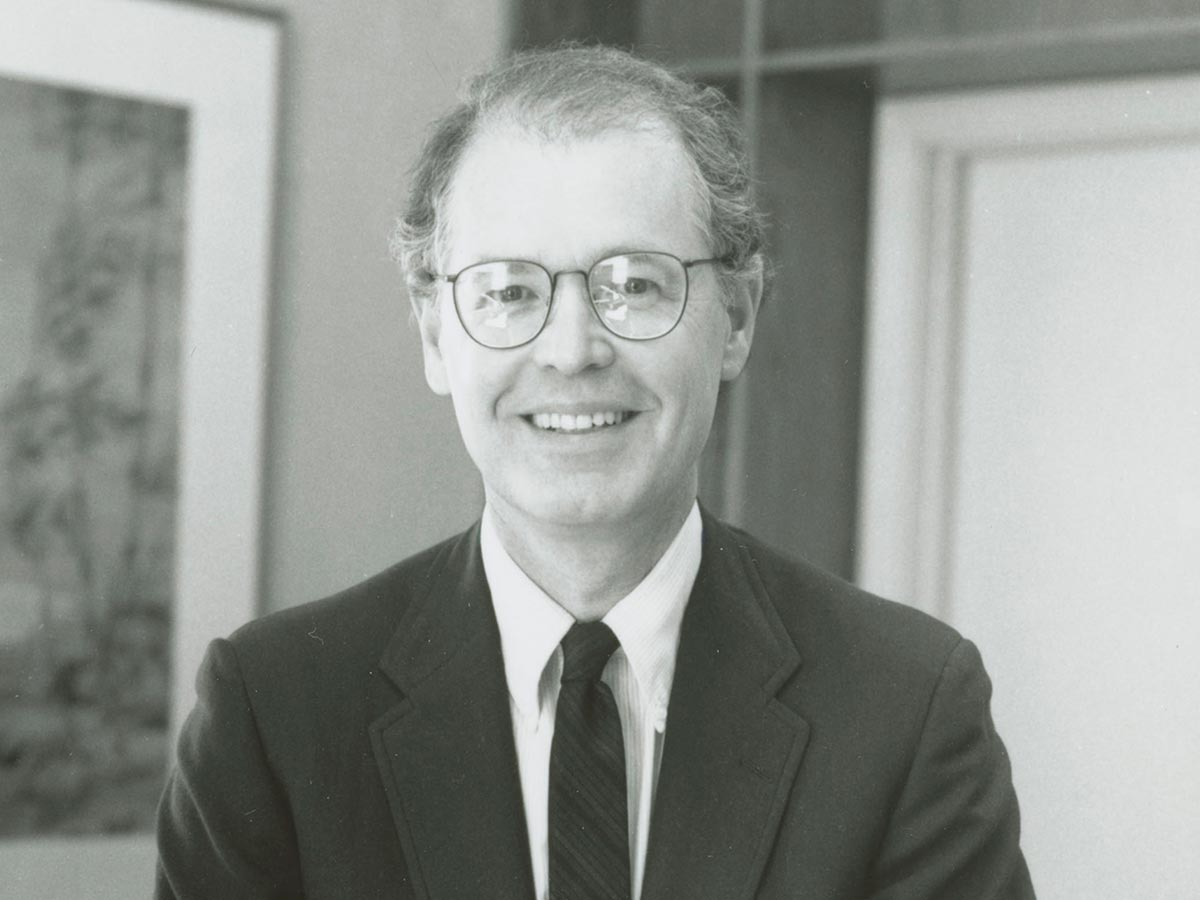
Neil R. Grabois, Colgate’s 13th president

Neil R. Grabois, 1988–1999
Having earned his master’s and PhD in mathematics from the University of Pennsylvania, Neil R. Grabois began an extensive teaching career that led him throughout the country to the University of Pennsylvania, Lafayette College, MIT, and Williams College, where he eventually became provost. In 1988, Grabois was named Colgate’s 13th president.8 At Colgate, Grabois oversaw the construction of Drake and Persson halls while continuing to teach mathematics.9 When his presidency ended in 1999, Colgate awarded him an honorary doctor of humane letters degree. Grabois went on to become the dean of the Milano School for International Affairs, Management, and Urban Policy at the New School in New York City. He continues to sit on several boards.10
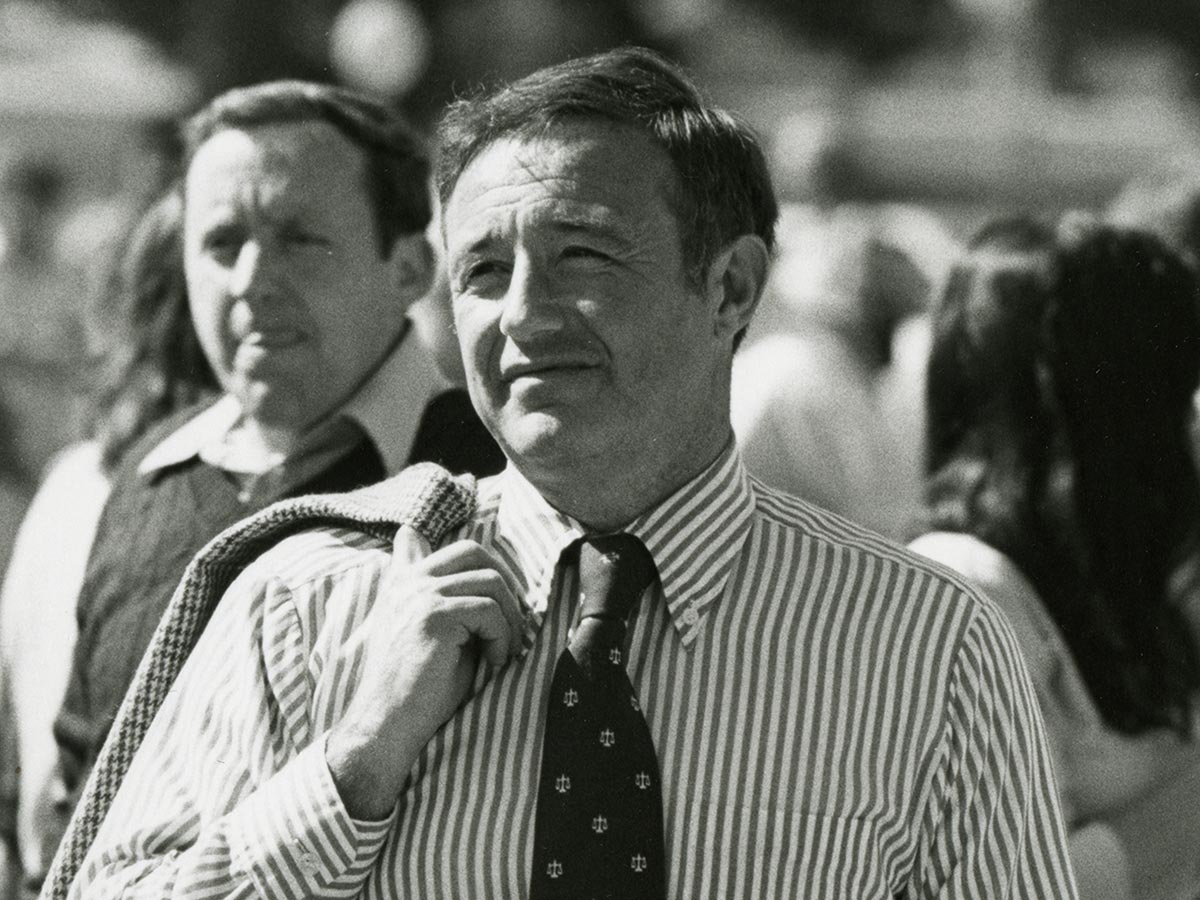
George D. Langdon Jr., Colgate’s 12th president

George D. Langdon Jr., 1978–1988
A 1954 graduate of Harvard College, George D. Langdon Jr. received his master’s at Amherst College and his doctorate as a Coe Fellow at Yale. After teaching history at California Institute of Technology and Vassar College, Langdon returned to Yale to continue teaching from 1968 to 1978. In 1978, Langdon became Colgate’s 12th president; during his decade-long tenure, Langdon helped Colgate become one of the most competitive institutions in the country by increasing admission staff, expanding the university endowment from $28.4 million to more than $108 million, and raising financial aid for students more than threefold in ten years. Langdon also promoted Colgate’s history of building state-of-the-art facilities: he constructed a new dining hall, field house, apartment complex, and expanded library facilities. In 1988, upon his departure, Colgate awarded him an honorary doctor of humane letters degree. Langdon went on to lead the American Museum of Natural History in New York City as its first salaried president.11
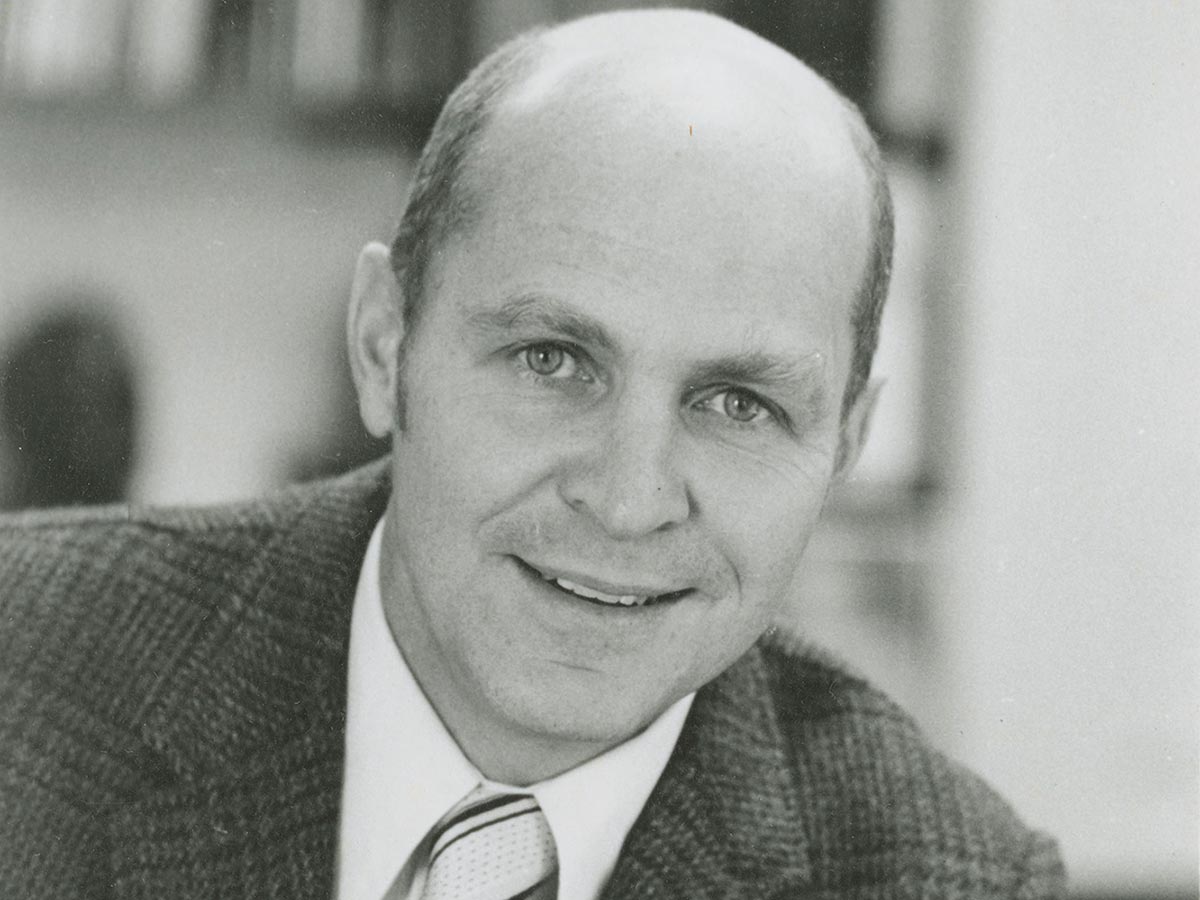
Thomas Alva Bartlett, Colgate’s 11th president

Thomas Alva Bartlett, 1969–1977
At 38 years old, Thomas Alva Bartlett became Colgate’s second-youngest president. With an early focus on international affairs, Bartlett received his bachelor’s and PhD degrees at Stanford and a master’s degree as a Rhodes Scholar at Oxford University. Prior to his presidency, he was a political and security affairs adviser with the United States Mission to the United Nations and then president of the American University in Cairo, Egypt. During his presidency, Colgate transitioned to co-education. He left Colgate in 1977 to become president of the Association of American Universities, then chancellor of the University of Alabama system, the Oregon State University system, and the State University of New York system. Colgate awarded him an honorary doctor of humane letters degree in 1977.12
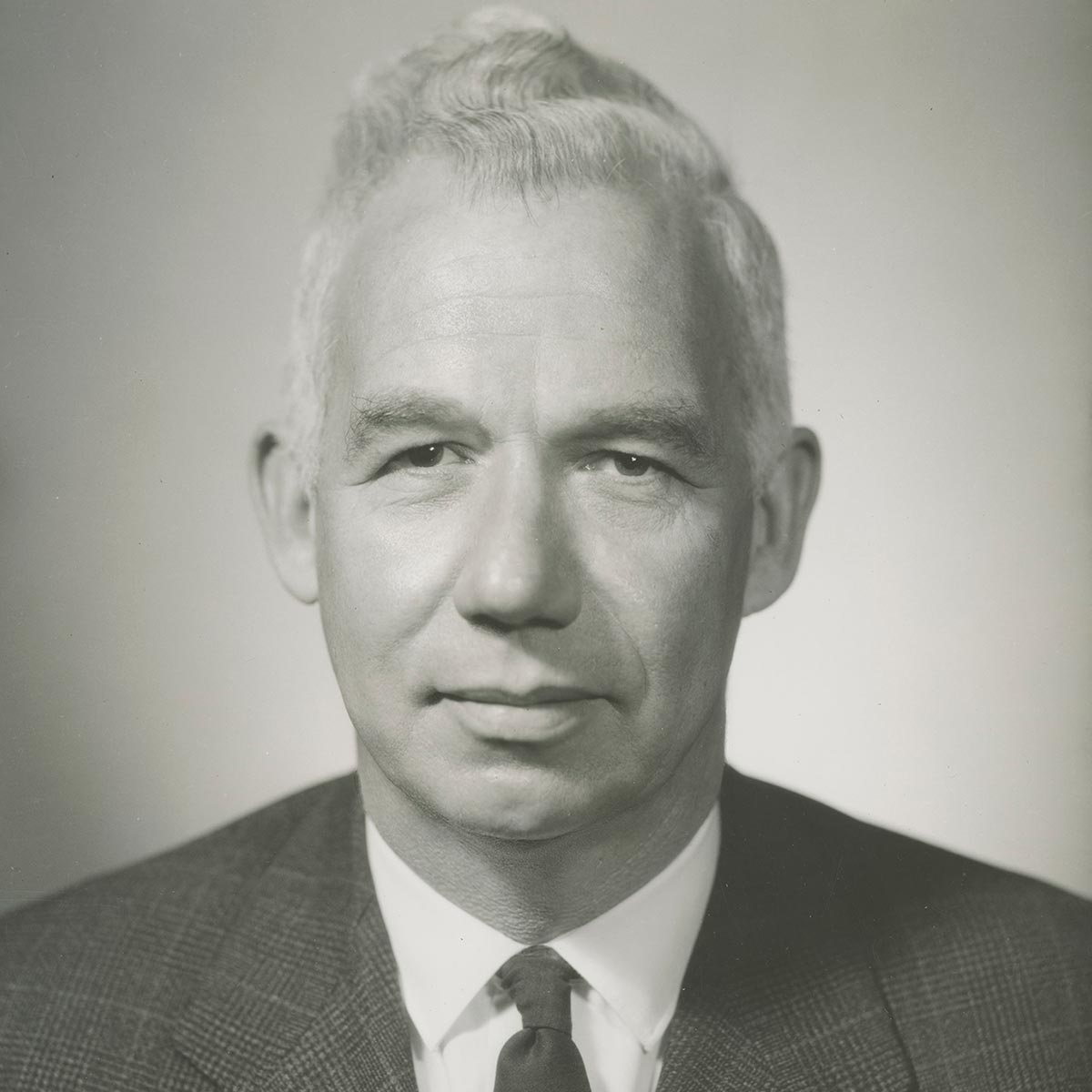
Vincent MacDowell Barnett Jr., Colgate’s 10th president

Vincent MacDowell Barnett Jr., 1963–1969
Vincent Barnett earned his bachelor’s and master’s degrees from UCLA before earning his PhD from Harvard University. He then taught at Stanford and his two alma maters before serving as an economic adviser for the U.S. State Department. As Colgate’s 10th president, Barnett implemented a new curriculum and calendar of study while expanding the opportunities for study abroad. Facilities at Colgate also improved during the Barnett administration: the Reid Athletic Center, two residential halls, Dana Arts Center, the O’Connor Campus Center, and the back nine holes of the Seven Oaks Golf Course were added to Colgate’s growing campus during that time. Colgate awarded him an honorary doctor of civil law in 1969.13
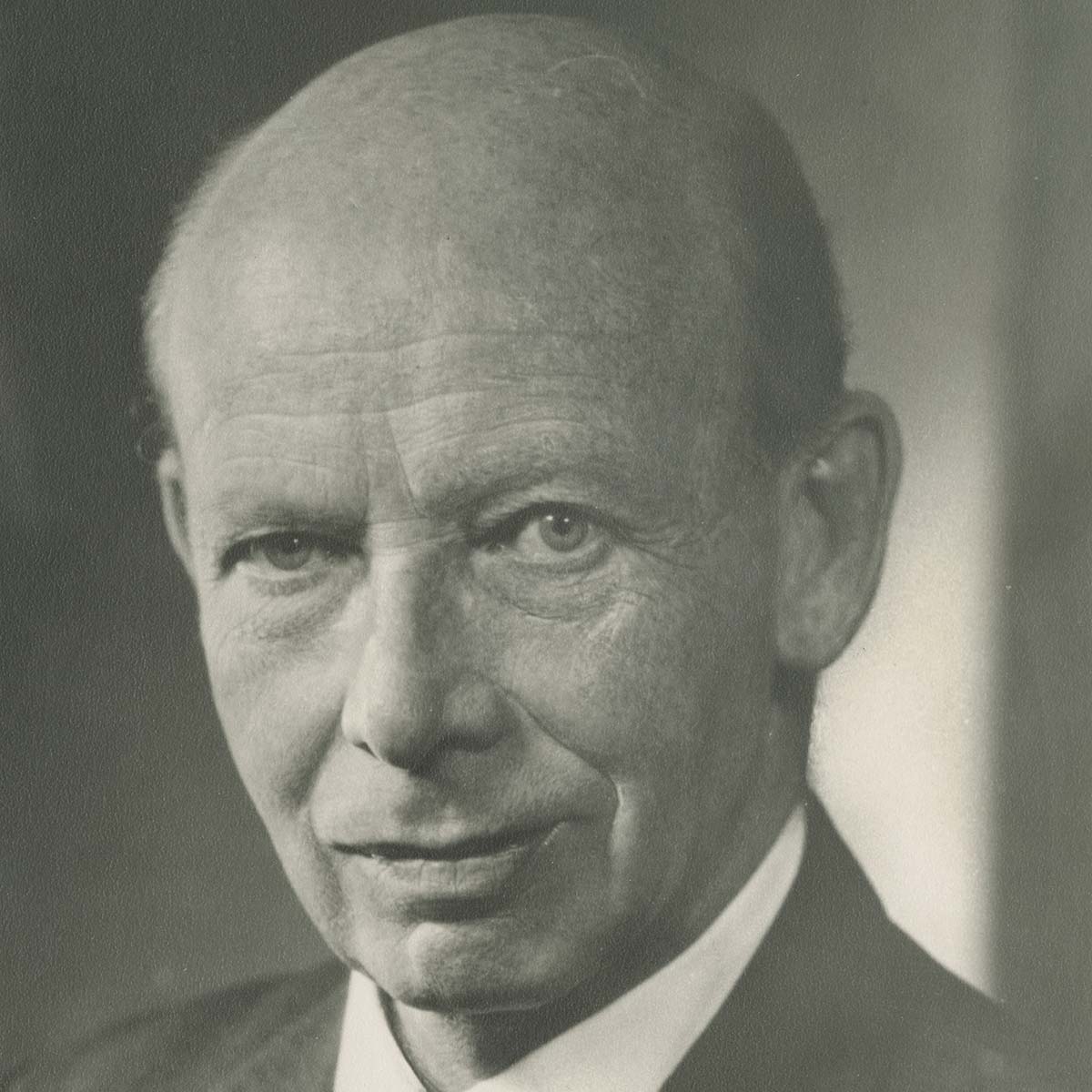
Everett Needham Case, Colgate’s ninth president

Everett Needham Case, 1942–1962
A native New Jerseyan, Everett Needham Case received his bachelor's and law degrees from Princeton University. Case also earned a master’s and a second bachelor’s degree from Cambridge University. After assuming the Colgate presidency in 1942, Case developed training programs for the U.S. Navy to combat low enrollment during World War II. He added to campus facilities, constructing six new buildings and the infirmary wing of Community Memorial Hospital.14 Case also worked to improve the school’s financial footing — when he resigned in 1962, the university endowment was more than $11.5 million.15 Crediting him with guiding Colgate through the ‘perilous shoals’ of the World War II years and to new heights of academic eminence, the university awarded its ninth president an honorary doctor of humane letters degree in 1957, and in 1962 the library was designated the Everett Needham Case Library in his honor.14
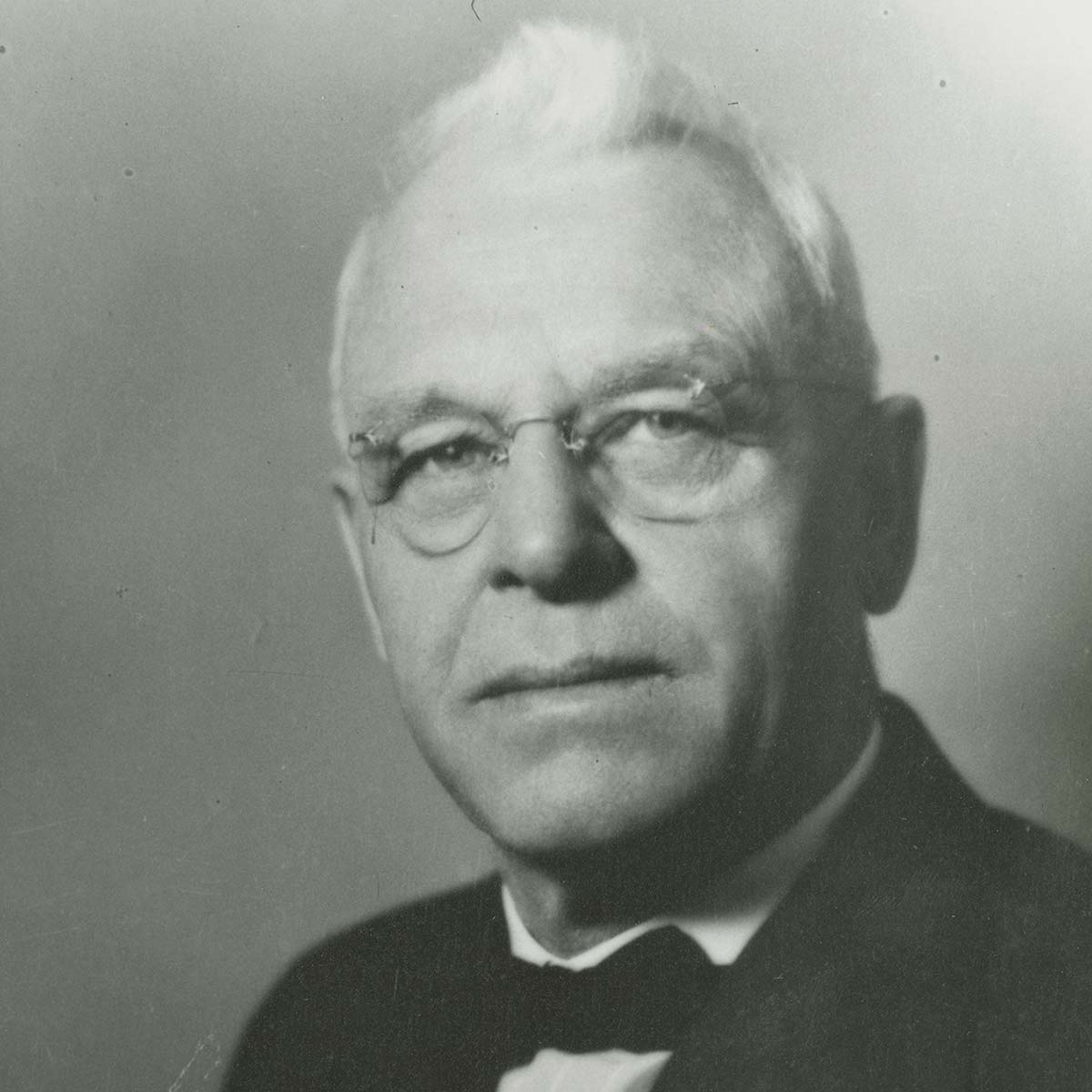
George Barton Cutten, Colgate’s eighth president

George Barton Cutten, 1922–1942
Born on April 11, 1874, George Barton Cutten served as a pastor in Connecticut and New York before returning to his alma mater, Arcadia University, as president in 1910. After his 12-year tenure at the school, Cutten became president of the YMCA, and, during World War I, he served as a major in the Canadian armed forces. Becoming Colgate’s eighth president in 1922, Cutten broadened the athletic program, and introduced a system of advisers, the core curriculum, and the Colgate Plan. Despite serving during the Great Depression, Cutten oversaw the construction of six new buildings, the fourfold expansion of campus acreage, and the surge of Colgate’s endowment from $4.6 million to $9 million. Research conducted in connection with the university’s bicentennial celebration has revealed that Cutten’s legacy is complex — as he expanded the university’s resources and reputation, he also took steps with the specific intent of profoundly limiting racial and religious diversity on campus.16
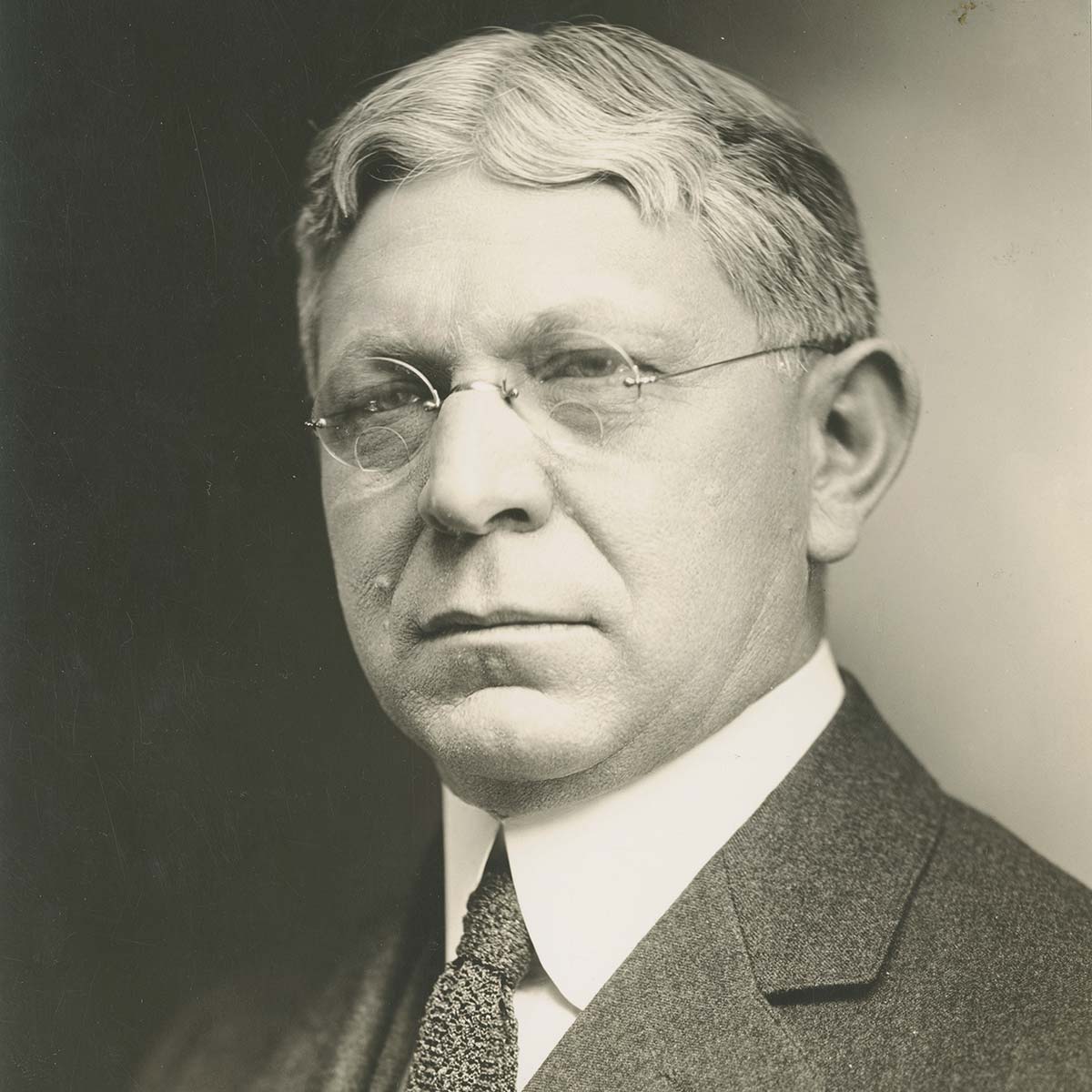
Elmer Burritt Bryan, Colgate’s seventh president

Elmer Burritt Bryan, 1909–1921
Born in Ohio on August 23, 1865, Elmer Burritt Bryan graduated from Indiana University in 1893 and went on to receive his law degree from Franklin College in 1905. Bryan was a professor of psychology at Indiana University before becoming president of Franklin College in 1905.17 In 1909, Bryan was named Colgate’s seventh president, the second not to be a member of the clergy in the history of the University. Bryan’s accomplishments during his tenure included renovations of West and East Hall and the construction of Colgate Memorial Chapel, as well as the adoption of a major and minor and distribution requirements program.15
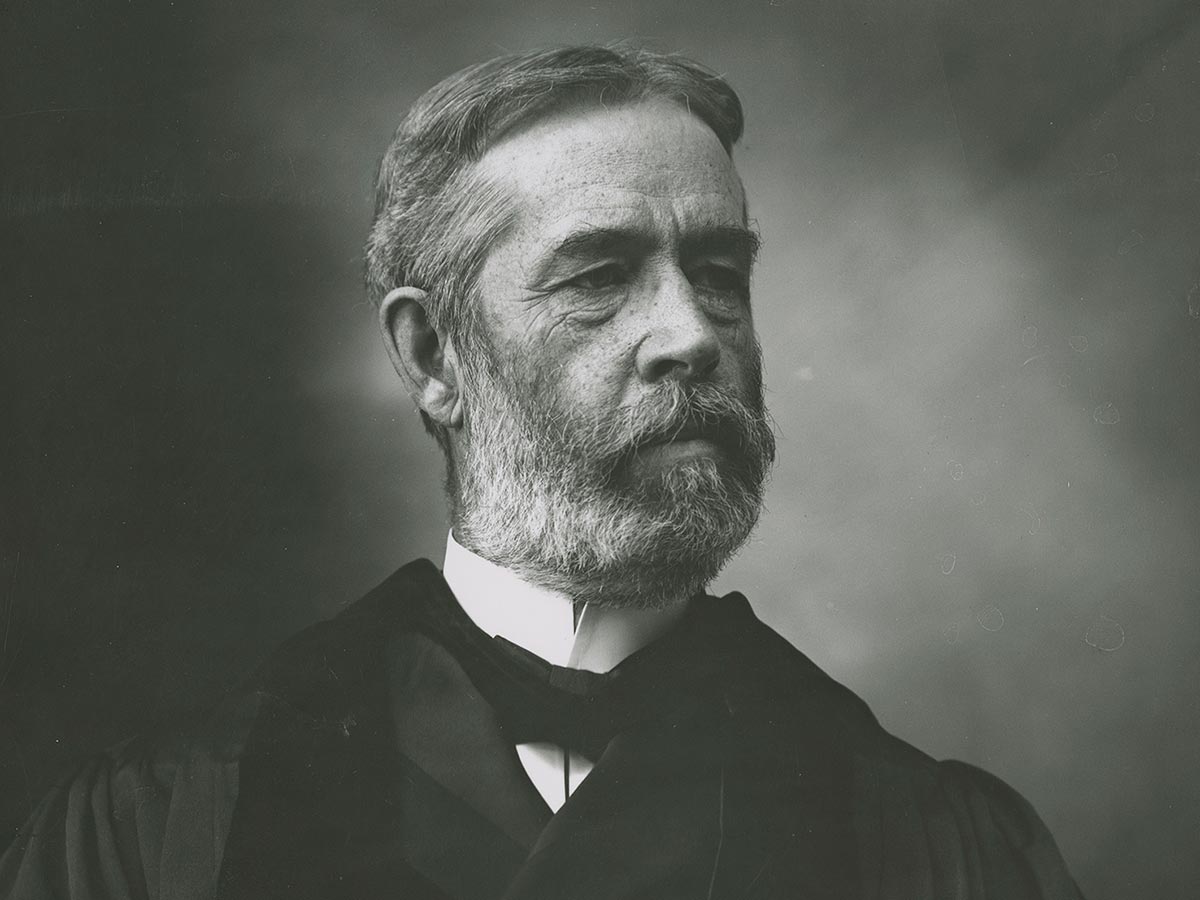
George Edmands Merrill, Colgate’s sixth president

George Edmands Merrill, 1899–1908
An 1869 graduate of Harvard University and an 1872 alumnus of Newton Theological Institution, George Edmands Merrill sought, as our sixth president, to improve Colgate’s finances to accommodate the rapid expansion of student enrollment.15, 18 Merrill supervised the construction of Whitnall Field, the president’s house, and Lathrop Hall.15 Additionally, he increased the number of faculty members, revised the sophomore program, established an Italian department, and initiated an off-campus study group that allowed students to spend a term in New York City studying urban problems and city missions under the instruction of the minister of the Judson Memorial Baptist Church in Washington Square.15
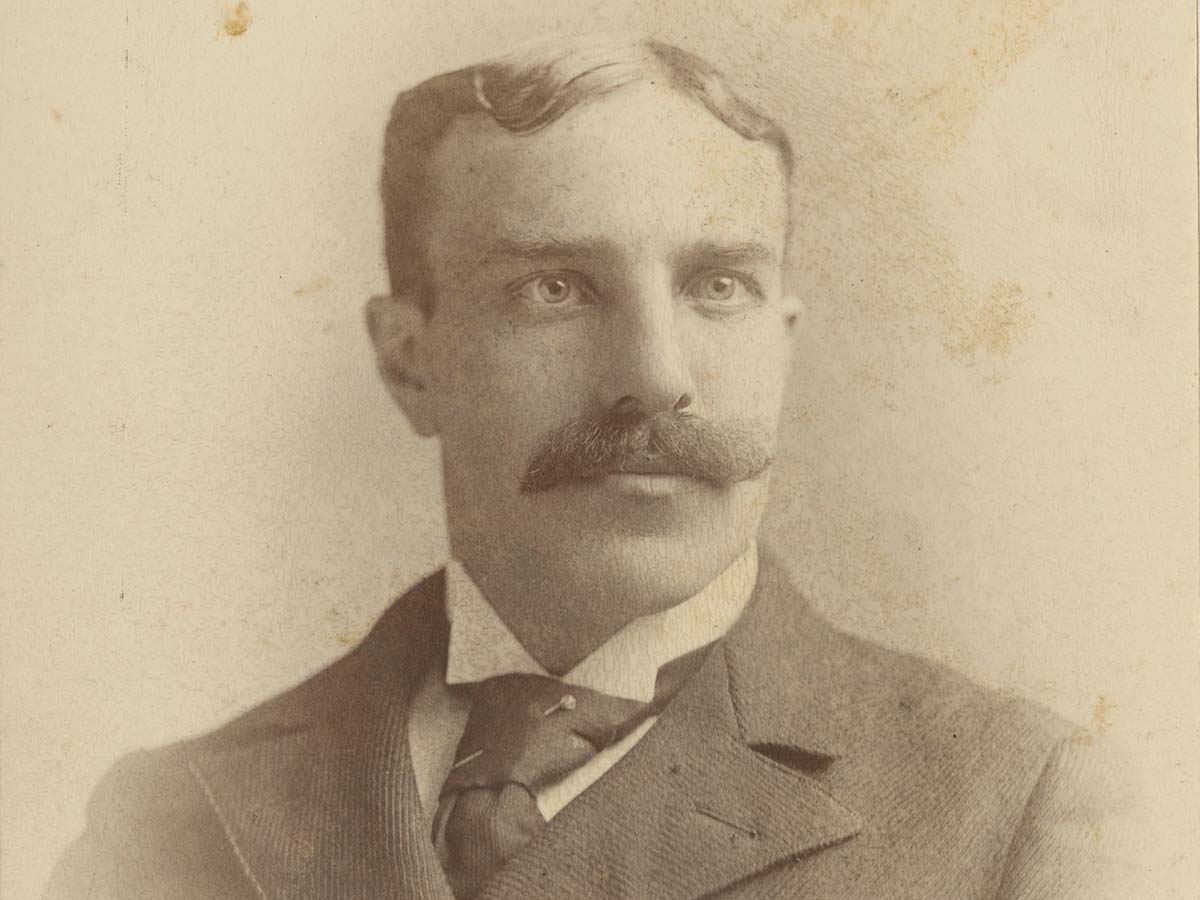
George William Smith, Colgate’s fifth president

George William Smith, 1895–1897
A graduate of what is now Colby College and of Albany Law School, George William Smith became the institution’s fifth president at 33 years old — one of the youngest college presidents in the country at the time. After a unanimous election by the Board of Trustees, Smith focused on student life on campus. Throughout his administration, Smith officially recognized fraternities on campus and placed special emphasis on extracurricular participation for academic credit, including writing for the Madisonensis, one of Colgate’s earliest student newspapers.19 In 1897, Smith resigned from office due to complications from a lifelong illness and died shortly thereafter, in 1900.15
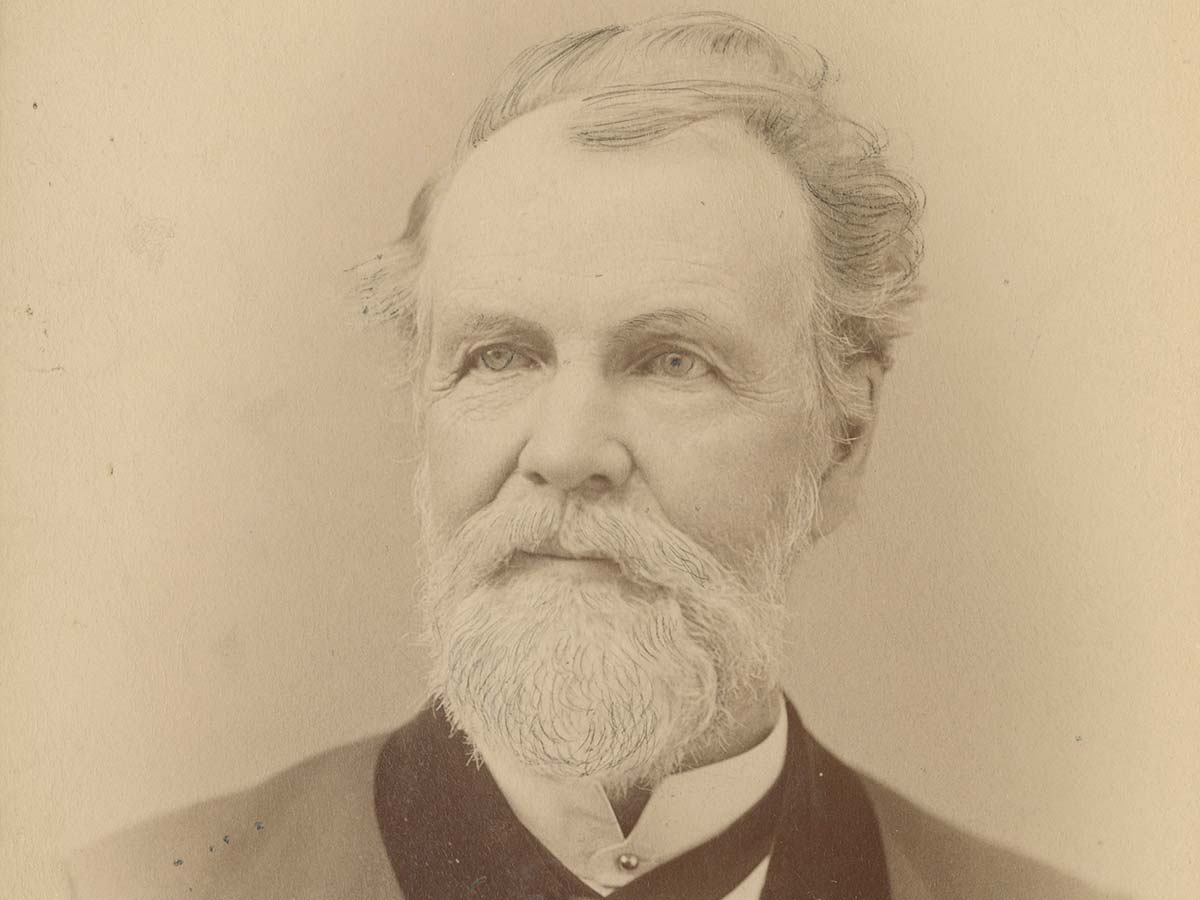
Ebenezer Dodge, the institution’s fourth president

Ebenezer Dodge, 1868–1890
After graduating from Brown University in 1840, Ebenezer Dodge studied at the Newton Theological Seminary in 1845 and later became an ordained pastor. Dodge taught biblical criticism and theology before assuming the role as our fourth president in 1868. During his 22-year career at what was then known as Madison University, Dodge helped expand the number of students and faculty members, courses, and buildings. He oversaw the installation of ventilators in classrooms — a modern feat of the time — in addition to the conversion of the Boarding Hall into apartments for married theological students and families, and the construction of William Colgate Memorial Hall, the Chemistry Building, and the James B. Colgate Library. He also implemented a focus on science within the curriculum with his appointment of Professor Joseph McGregory to the new chemistry chair position in 1883.20
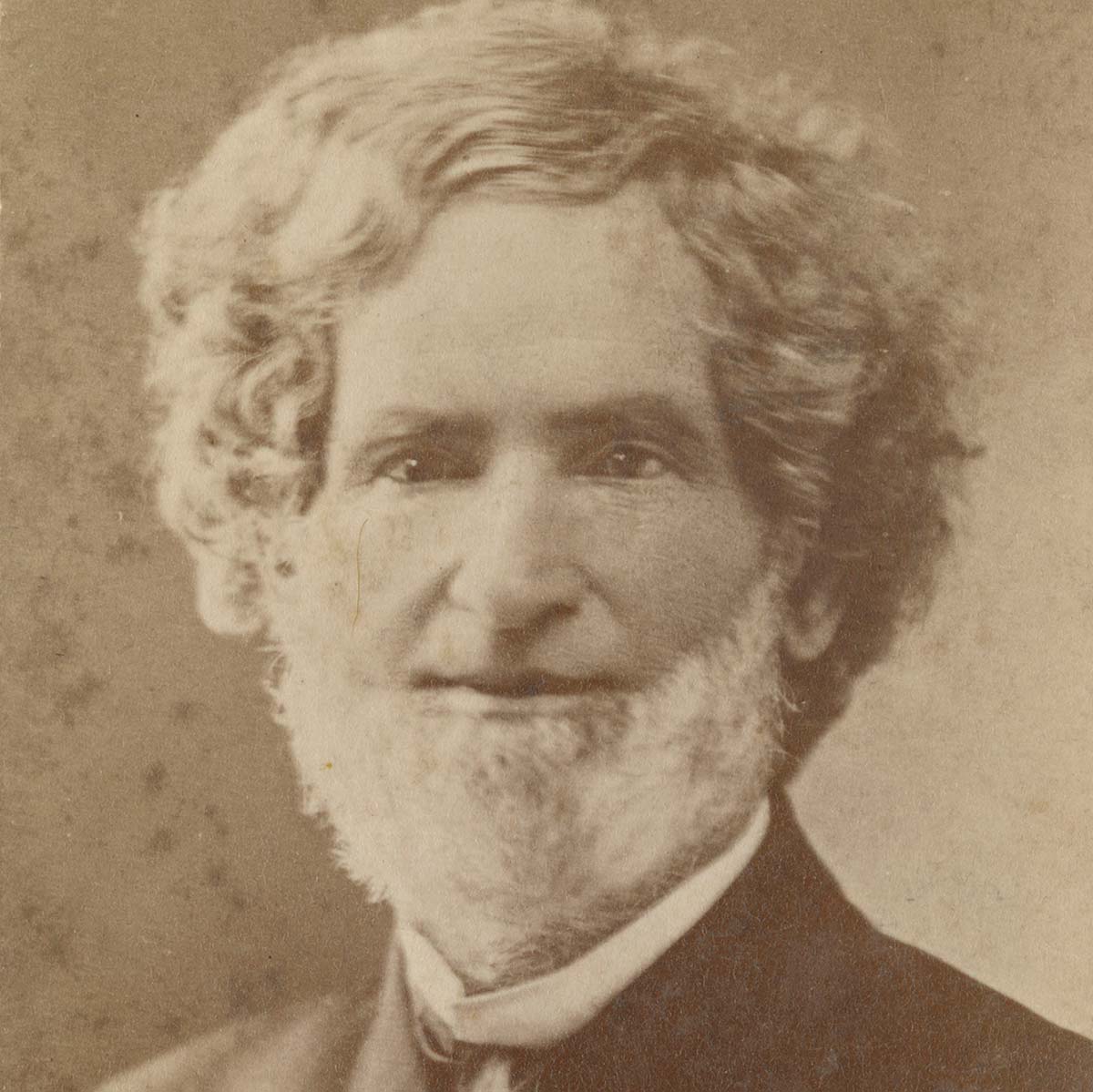
George Washington Eaton, the institution’s third president

George Washington Eaton, 1856–1868
George Washington Eaton, our third president, graduated from Union College in 1829 and went on to teach a range of courses, from mathematics, civil history, and theology to philosophy and classics. After holding a number of teaching positions at then–Madison University, he was appointed president in 1856. Against the appeal to transfer the campus to Rochester, N.Y., he wrote several articles in support of the university staying in Hamilton. Serving as president during the Civil War, Eaton led financial and social efforts not only to keep Madison University open, but also to increase its exposure.21
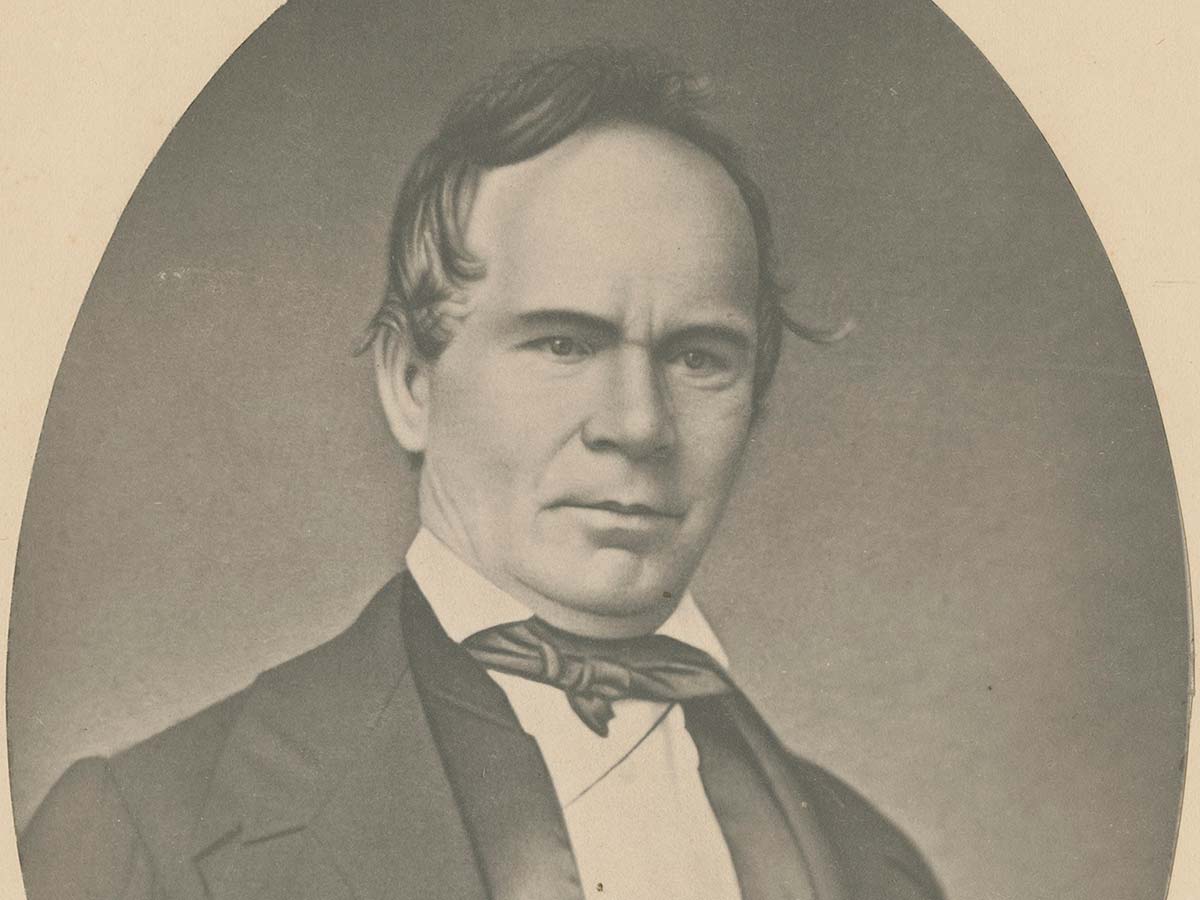
Stephen William Taylor, the institution’s second president

Stephen William Taylor, 1851–1856
Stephen William Taylor, a graduate of Hamilton College, spent the early part of his career as principal of Louisville Academy in New York. At age 43, Taylor initially came to the Hamilton Literary and Theological Institution (precursor to Colgate) as principal of the preparatory department. After a brief period at the University of Lewisburg (later Bucknell University), Taylor was welcomed back to the institution, known at the time as Madison University, as its second president, in 1851.22 Until his death five years later, Taylor used the position to enforce administrative policies and encourage students to pursue a liberal education.15

Nathaniel Kendrick, the institution’s first president

Nathaniel Kendrick, 1836–1848
The institution’s first president was born in Hanover, N.H., on April 22, 1777. Before arriving in Hamilton, Kendrick studied theology in New England and served as a pastor in churches throughout New York and Vermont. One of the 13 clergymen who met at Olmstead House to form the New York Baptist Education Society on September 24, 1817, Kendrick took part in discussions to found a Baptist university and a seminary. In 1822, he was appointed professor of theology and moral philosophy in the seminary.23 In 1836, the Board of Trustees unanimously voted to recognize Kendrick formally as the first president of what was then known as the Hamilton Literary and Theological Institution.15 Under his leadership, a seminary, college, and academy were established. Until Kendrick’s death on September 11, 1848, he supported the financial endeavors of these institutions by establishing a library fund, an endowment for faculty salaries, and a seminary scholarship fund.23
Notes & Sources
Editor's Note: Thank you to Annalise Simons ’21, and Alicia Nguyen ’20, Colgate summer research fellows, for their research assistance
- Rebecca Downing, “Colgate University Names Brian W. Casey as 17th President,” Colgate News (blog), August 13, 2015, http://www.news.colgate.edu
- Colgate University, “Biography of Jeffrey Herbst,” http://www.colgate.edu
- “Rebecca S. Chopp Named Colgate University’s 15th President,” Colgate News (blog), May 20, 2002, http://news.colgate.edu
- Charlie Melichar, “Colgate’s Chopp to Become President of Swarthmore,” Colgate News (blog), February 21, 2009, http://news.colgate.edu
- Swarthmore College, “Biography: Inauguration of President Chopp,” http://www.swarthmore.edu
- University of Denver, “Chancellor’s Biography,” http://www.du.edu
- Office of Communications records, A1009, Colgate Special Collections and University Archives
- “Carnegie Corporation Appoints New Vice President, Completing Top Management Team,” Carnegie Corporation of New York, https://www.carnegie.org/news/articles/carnegie-corp-appoints-new-vice-president-completing-top-management-team/
- Sarah Treffinger, “Thirteenth President Resigned After Decade of Service,” The Colgate Maroon-News, October 23, 1998
- Bios: Speakers, Panelists, and Moderators,” The New School, https://www.newschool.edu/cps/subpage.aspx?id=68386
- Office of Communications records, A1009, Colgate Special Collections and University Archives
- Biographical file for Thomas Alva Bartlett, Colgate Special Collections and University Archives
- Biographical file for Vincent MacDowell Barnett Jr., Colgate Special Collections and University Archives
- Biographical file for Everett Needham Case, Colgate Special Collections and University Archives
- Howard D. Williams A History of Colgate University, 1819-1969. New York: Van Nostrand Reinhold Co, 1969
- Biographical file for George Barton Cutten, Colgate Special Collections and University Archives
- Biographical file for Elmer Buritt Bryan, Colgate Special Collections and University Archives
- Biographical file for George Edmands Merrill, Colgate Special Collections and University Archives
- Biographical file for George William Smith, Colgate Special Collections and University Archives
- Biographical file for Ebenezer Dodge, Colgate Special Collections and University Archives
- Biographical file for George Washington Eaton, Colgate Special Collections and University Archives
- Biographical file for Stephen William Taylor, Colgate Special Collections and University Archives
- Biographical file for Nathaniel Kendrick, Colgate Special Collections and University Archives
- Featured image composed by Office of Communications
- Casey, Office of Communications
- Herbst, Office of Communications
- Chopp, Office of Communications
- Karelis, Office of Communications records, A1009, Colgate Special Collections and University Archives
- Grabois, Colgate University photograph collection, A0999, Colgate Special Collections and University Archives
- Langdon, Biography file for George D. Langdon Jr., Colgate Special Collections and University Archives
- Bartlett, Colgate University photograph collection, A0999, Colgate Special Collections and University Archives
- Barnett, Colgate University photograph collection, A0999, Colgate Special Collections and University Archives
- Case, Colgate University photograph collection, A0999, Colgate Special Collections and University Archives
- Cutten, Colgate University photograph collection, A0999, Colgate Special Collections and University Archives
- Bryan, Colgate University photograph collection, A0999, Colgate Special Collections and University Archives
- Merrill, Colgate University photograph collection, A0999, Colgate Special Collections and University Archives
- Smith, Colgate University photograph collection, A0999, Colgate Special Collections and University Archives
- Dodge, Colgate University photograph collection, A0999, Colgate Special Collections and University Archives
- Eaton, Colgate University photograph collection, A0999, Colgate Special Collections and University Archives
- Taylor, Colgate University photograph collection, A0999, Colgate Special Collections and University Archives
- Kendrick, Biographical file for Nathaniel Kendrick, Colgate Special Collections and University Archives
